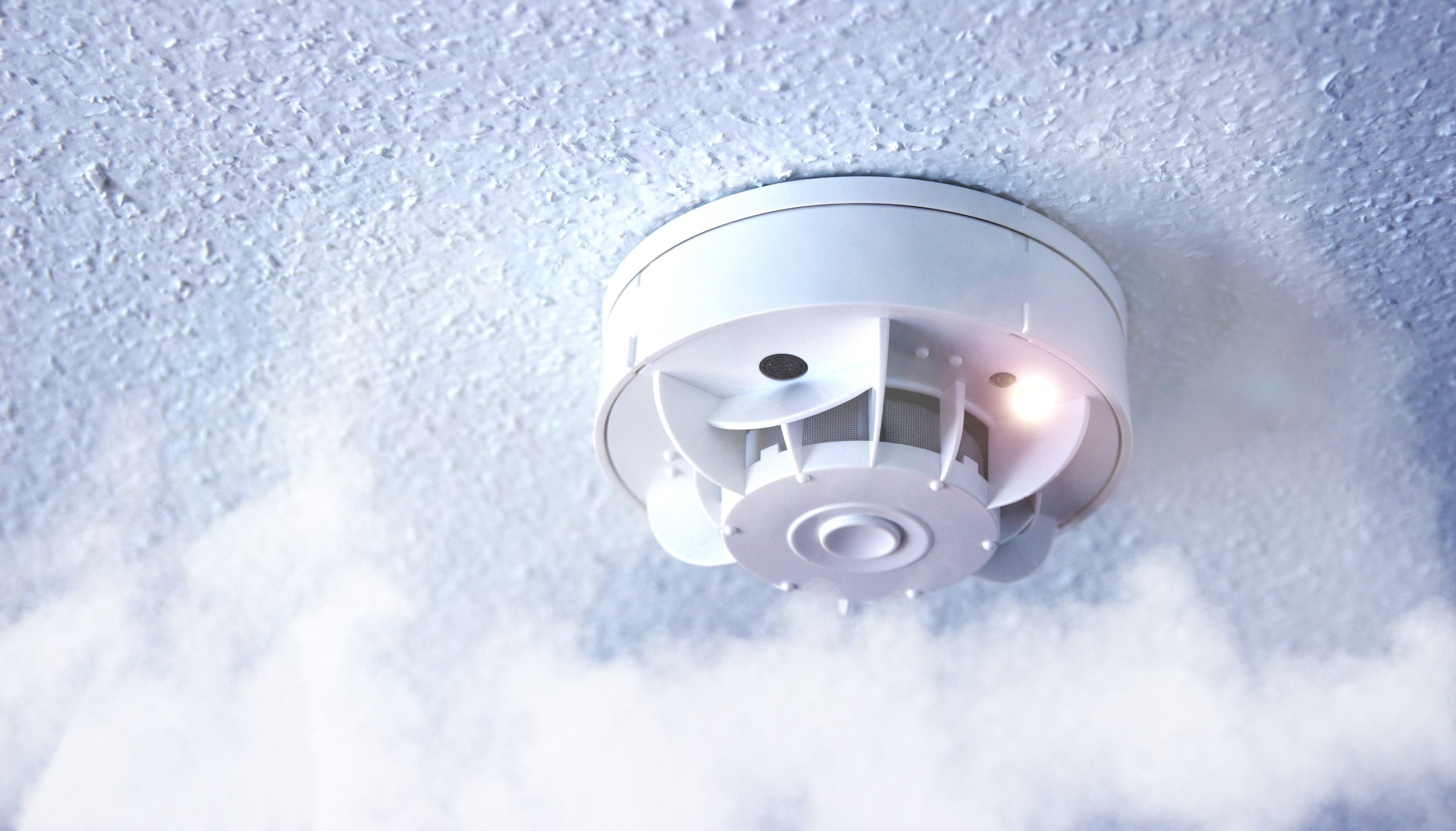Smoke alarms are an essential component of any home, providing a critical early warning system that can save lives in a fire. Ensuring the proper installation and maintenance of smoke alarms can make all the difference when it comes to safeguarding the well-being of you and your family. As experienced electricians servicing Glenfield Park and Wagga Wagga, our top priority is to help you create a safe and secure home environment. That’s why we’ve put together this comprehensive smoke alarm installation and maintenance guide, equipping you with the knowledge and advice you need to protect your home from fire hazards.
Our expert guide will walk you through every crucial aspect of smoke alarm installation and maintenance.
Understanding the Importance of Smoke Alarms in Residential Settings
House fires can occur unexpectedly and escalate rapidly, often leaving little time for occupants to react and evacuate safely. Smoke alarms play a vital role in providing early detection and audible warning of fire, ultimately saving lives and minimising property damage. According to the Australian Fire and Emergency Service Authorities Council, properly functioning smoke alarms can reduce the risk of fatalities in residential fires by up to 50%. With such significant life-saving potential, the importance of smoke alarms in your home cannot be overstated.
Common Types of Smoke Alarms for Residential Use
Smoke alarms come in two primary types: ionisation and photoelectric. Both types detect smoke but provide different advantages, making them suited for different environments:
- Ionisation alarms: These alarms are most effective in detecting fast-flaming fires, which produce smaller, invisible combustion particles. Ionisation alarms are generally more responsive to fires resulting from cooking or paper, but may present a higher risk of false alarms.
- Photoelectric alarms: Also known as optical alarms, photoelectric alarms are highly effective in detecting slow-smouldering fires, which produce larger, visible smoke particles. They are typically more responsive to fires resulting from cigarettes or electrical wiring, and less prone to false alarms.
Experts recommend having a combination of both ionisation and photoelectric alarms installed to ensure optimal fire detection and enhanced safety.
Selecting and Installing Smoke Alarms in Your Home
In addition to choosing the right smoke alarm type for your needs, proper placement and installation are crucial for ensuring effective fire detection. Some guidelines to follow include:
- Adhering to Australian Standards (AS 3786-2014): Newly installed smoke alarms must comply with the current Australian Standard for smoke alarms (AS 3786-2014) to ensure the utmost safety and reliability.
- Locations: Install alarms on every level of your home, particularly near sleeping areas and in the hallway outside bedrooms. Ensure devices are installed on or near the ceiling as smoke rises.
- Interconnected alarms: It is recommended to interconnect all smoke alarms in your home so that when one activates, they all sound, maximising the likelihood of early detection and warning.
- Power source: Smoke alarms can be powered by batteries or the main electrical supply with backup batteries. A licensed electrician should handle any hardwired installation.
Yearly Smoke Alarm Testing and Maintenance Procedures
Regular testing and maintenance of your smoke alarms ensure optimal performance and longevity. Follow these steps for recommended annual care:
- Testing: Test your smoke alarms monthly by pressing the test button, ensuring the alarm sounds and all interconnected devices activate simultaneously.
- Cleaning: Clean the alarm by vacuuming around the sides and cover to remove dust and debris that can impair sensor functionality.
- Battery replacement: Replace batteries yearly or when a low-battery warning sounds, ensuring continuous protection.
- Replacement: To maintain accuracy and reliability, smoke alarms should be replaced every 10 years or as recommended by the manufacturer.
Addressing Common Smoke Alarm Issues
Occasionally, smoke alarms may produce false alarms or experience technical issues. Some best practices for resolving these problems include:
- False alarms: False alarms can be caused by environmental factors, such as steam or cooking smoke. Relocate the alarm to a more suitable location, away from the kitchen or bathroom.
- Chirping noises: Persistent low-battery chirping indicates the need for a battery replacement, while intermittent chirping may signal a malfunction or end-of-life warning.
- Malfunctions: If your alarm continues to malfunction despite corrective measures, consider seeking expert assistance or replacing the device entirely.
Legal Requirements and Responsibilities for Homeowners
Australian states and territories enforce specific legal requirements regarding smoke alarm installations and maintenance. Generally, homeowners and landlords are responsible for ensuring the proper installation, maintenance, and operation of smoke alarms in all residential properties. It is critical to stay informed of the specific regulations within your jurisdiction and fulfil your legal obligations to maintain a safe and compliant home.
Conclusion
Protecting your home and loved ones with functional and reliable smoke alarms is a crucial aspect of responsible homeownership. By understanding the importance of these life-saving devices, choosing the right types, installing them correctly, and maintaining them annually, you can minimise fire risks and create a safer living environment. For professional assistance with smoke alarm installations, maintenance or inspections in Glenfield Park and Wagga Wagga, don’t hesitate to contact our expert electricians at Riley Smith Electrical for a thorough and tailored approach to your home’s fire safety needs.

